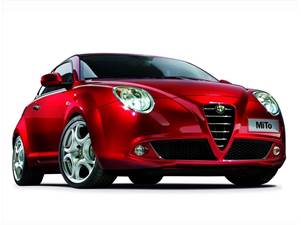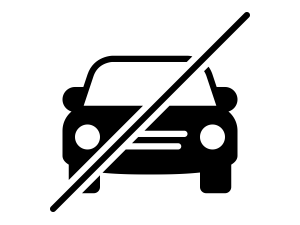
New alfa-romeo range of cars, suvs, wagons, sedans, trucks prepared to consume LPG / Propane
The origins of Alfa Romeo can be traced back to the Società Italiana Automobili Darracq, founded in 1906 and located at 95, Strada del Portello, Milan, Italy. When economic difficulties hit in 1909, the company's shares were acquired by the organization's managing director, the Italian aristocrat Ugo Stella. On June 24, 1910, Stella relaunched and renamed her plant Anonima Lombarda Fabbrica Automobili - A.L.F.A. or "Alpha".
Alfa's young technical director, Giuseppe Merosi, was an ambitious young man who started selling bicycles. Soon after, Merosi was designing cars and motorcycles for Fiat and Bianchi. At Alfa, Merosi designed the first vehicle to leave the new production line at Portello in Milan, Italy. The 24HP featured a single block engine of 4.1 liters, a single transmission shaft and reached a top speed of 62 mph.
Alfa Romeo resumed production at the end of the First World War. They started by assembling pieces that were still in stock, and soon after they started designing new models. The Grand Prix, which had been sold during the war, was reacquired. He proceeded to attract attention in a series of important Italian races in the early 1920s, such as the Mugello circuit, the Parma-Berceto circuit and Brescia. A bright new era had begun.
When Finmeccanica sold Alfa Romeo to the Fiat group, its Design Center was moved to an industrial complex in Arese, near Milan, Italy. Managed by Walter de Silva, the center was destined to handle important projects like the 145, the Proteo and Nuvola prototypes, the 156, the 147 and the MiTo.
The range of cars with LPG Autogas offered by the alfa-romeo brand in USA has been extended with the approval of equipment to retrofit their cars:
A new alfa-romeo LPG / Propane Model of van in USA usually maintains the same gasoline system as the traditional version incorporating the LPG / Propane equipment
the alfa-romeo LPG / Propane van has a price slightly higher than the gasoline version but lower than the diesel version
Although it can be established that operating in LPG / Propane mode the vehicle consumes a little more than gasoline, the price of fuel has an interesting saving
The refilling from the supplier is carried out in a time comparable to that necessary for refueling gasoline. The system is, likewise, very simple and comfortable.
Being a cleaner system, catalytic converters, filters, "adblues" are eliminated, which reduces the possibility of mechanical breakdowns. Thus, for example, the service life of the oil increases with what it means for motor care
The first cities begin to limit the access of diesel vehicles, in their restrictive regulations vehicles with LPG have access advantages
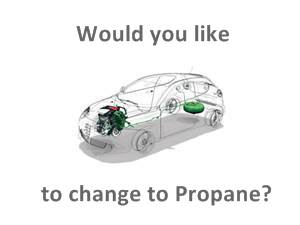
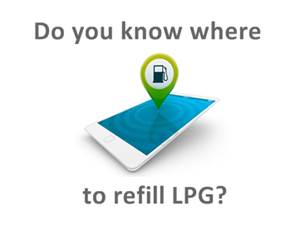

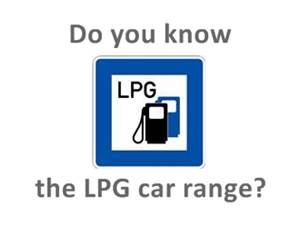
The Alfa Romeo MiTo is a utility, it is a small car that belongs to the B segment, but to find its rivals have to go to premium options like the Audi A1, the DS3 and the MINI general options like the SEAT Ibiza or the Renault Clio. Its name, with two capitals, is the result of the union of the names of the most important Italian cities, Milan, Milan in Italian and Turin, in Italian Torino.
This is the first Alfa Romeo segment B, the Alfa Romeo 147 and Alfa Romeo 145 are cars of the Cy segment and it is positioned in the Alfa Romeo range under the Alfa Romeo Giulietta in turn under Alfa Romeo Giulia and Alfa Romeo Stelvio.
It reached the market in 2008 and shares the platform with the third generation of Fiat Punto, which has suffered many cleanups and name changes in recent years, called Fiat Punto, Fiat Punto Evo and Fiat Punto. . This platform has also been used by the Opel Corsa. The Alfa Romeo MiTo has been subject to facial cleansing in 2014 and 2016 by integrating very small cosmetic changes, new engines and equipment improvements, such as the introduction of the Uconnect multimedia system with 5-inch touch screen.
The Alfa Romeo MiTo is distinguished by its attractive design, including arches of the wheel, its hood in the shape of "peak", its grille and optics and a nice dynamic accentuated by the hand of the sportiest version , the Alfa Romeo MiTo Quadrifoglio Verde or Alfa Romeo MiTo QV. In 2014, this version was completed with a double-clutch automatic transmission, changing TCT.
The Alfa Romeo MiTo has a driving mode selector called DNA. Its name comes from the three available modes, Dynamic, Normal and All-Weather. It acts on the steering, the performance of the engine, the automatic change response (if applicable), the driving assistants ... to adapt the response of the car to our demands and the environment.
The Alfa Romeo MiTo was the first car of the brand to have this system, present in the following launches. Some models, such as the Alfa Romeo 4C, incorporate a fourth mode, Race mode, even more specialized in sports driving.
The range of the Alfa Romeo Mito pass, as an alternative fuel, between 1.4 and 78 horsepower, the 0.9 TwinAir engine of 105 horsepower and 1.4 TB 140 horsepower associated with the TCT automatic transmission, while the offer of the diesel model features the 1.3 MultiJet of 95 horsepower.
In addition, the Alfa Romeo MiTo is also available with a motor adapted by the brand itself to GLP, the Alfa Romeo Mito 1.4 T-Bifuel 120 horsepower. This MiTo allows us to travel with gasoline and LPG, and the latter provides a cheaper fuel and some advantages when traveling in cities subject to traffic restrictions.
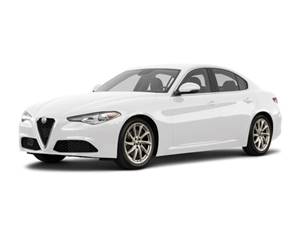
 POSSIBILITY OF BEING ADAPTED TO CONSUME PROPANE
POSSIBILITY OF BEING ADAPTED TO CONSUME PROPANE
